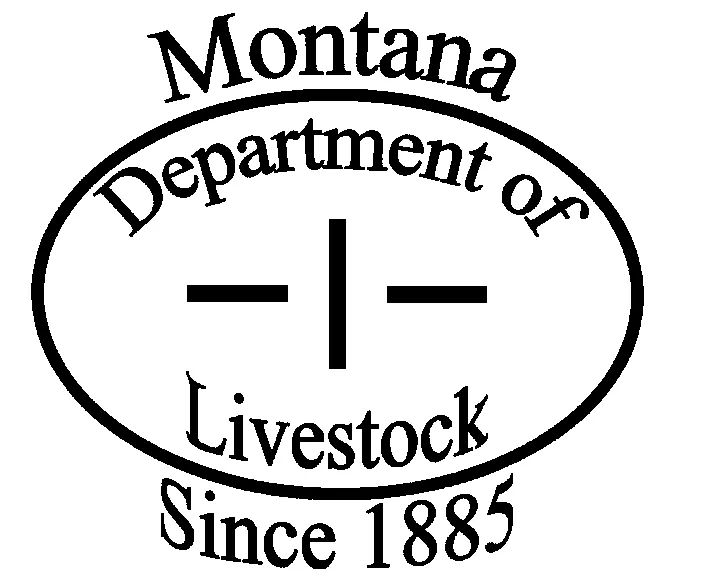
2013 LEGACY INDUCTEE DISTRICT 8
Montana Department of Livestock (Est. 1885)
The Montana Territorial Legislature of 1885 passed House Bill 57, which provided for a board of stock commissioners, appointed by the governor. The members of what would become the Board of Stock Commissioners would be appointed one from each county with the duty to “devise and recommend from time to time such legislation as in their judgment will foster this important industry.” This legislation set in motion the funding and authority for Montana’s oldest “law enforcement” agency.
The Commissioners, with Granville Stuart serving as President, hired seven stock inspectors to protect Stockmen against theft of their livestock. Their salary was $125 per month. Stock Inspectors and Detectives were “required to pay all bills and expenses incurred by them and were strictly prohibited from having any bills or expenses charged to the Board of Stock Commissioners and were strictly forbidden to draw on the board for money or supplies.” They were left with their own horses, their wits, and their grit to police the largest industry in the Montana territory.
In 1917, the Board of Stock Commissioners merged with the Board of Sheep Commissioners to form the Live Stock Commission. That same year, the legislature approved funding to construct the Live Stock building, directly south of the capitol building. The building still stands today. It housed not only the Live Stock Commission, but the Animal Sanitary Board and State Veterinarian, as well as the first diagnostic lab. For the first time, all of the regulating interests of the livestock industry were house under the same roof.
As Montana’s livestock industry matured, the Montana Livestock Commission kept up. Montana brand inspectors were stationed at stockyards in Chicago, South St. Paul, Omaha, Sioux City, West Fargo and Spokane, to receive and inspect direct railroad shipments of Montana cattle, thus insuring that their rightful owners were paid. In 1927, state law was passed to allow for Deputy Stock Inspectors or local inspectors as we know them today. Deputy Stock Inspectors were authorized to perform inspection for any cattle crossing county lines or leaving the state.
During Executive Reorganization in 1971, the Livestock Commission was merged with the Animal Sanitary Board to form the Montana Department of Livestock. Every year at the Department of Livestock:
Brand inspectors oversee the movement of 2,000,000 cattle.
Veterinarians respond to disease outbreaks and advise ranchers in matters of herd health.
Meat, milk, and egg inspectors help meat processors and dairy and poultry producers market a safe product.
Laboratory technicians provide accurate and timely results on a host of animal disease tests.
In spite of many changes in the last 125 years, the mission of the department has remained the same: “To control and eradicate animal diseases, prevent the transmission of animal diseases to humans, and to protect the livestock industry from theft and predatory animals.”

